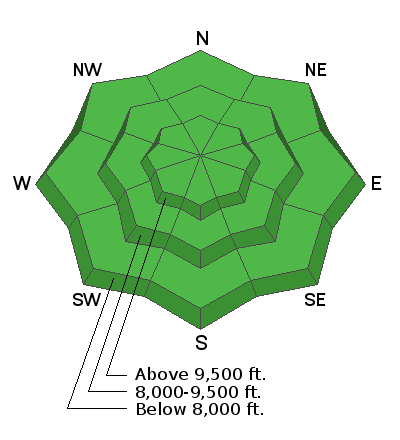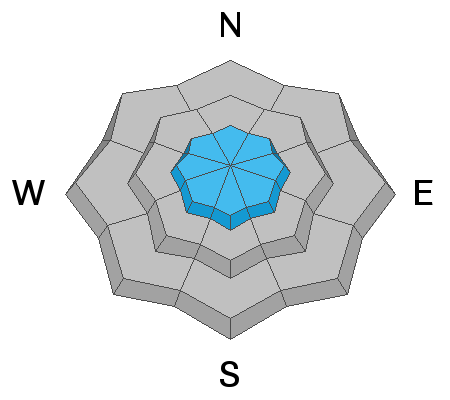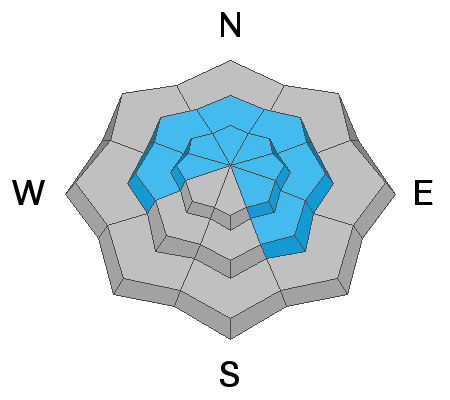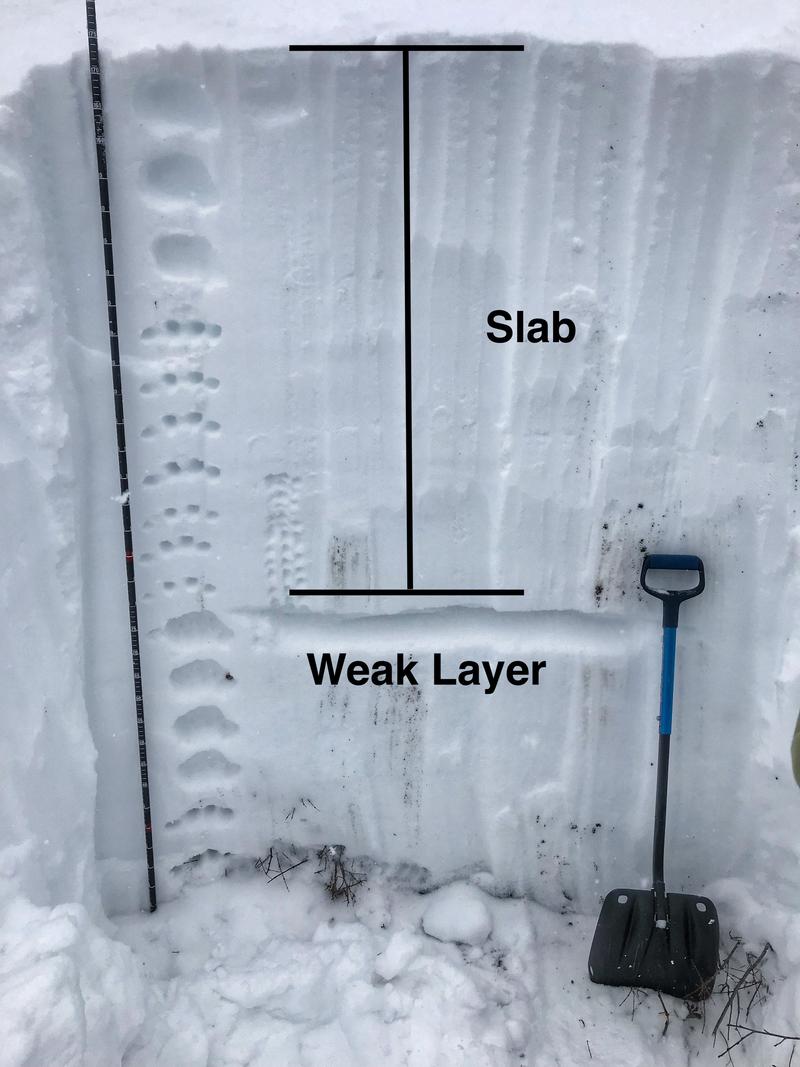Forecast for the Salt Lake Area Mountains

Issued by Trent Meisenheimer on
Tuesday morning, January 29, 2019
Tuesday morning, January 29, 2019
The avalanche danger is LOW on all aspects and elevations. However, there remains the chance for triggering a large, deep avalanche in isolated places. Avoid steep, shallow, rocky terrain at the upper elevations on west through southeast facing slopes. Continue to identify and avoid any of the rounded, smooth or scalloped wind drifts on any steep slopes. Keep in mind that even a small avalanche in dangerous terrain can be deadly.

Low
Moderate
Considerable
High
Extreme
Learn how to read the forecast here









